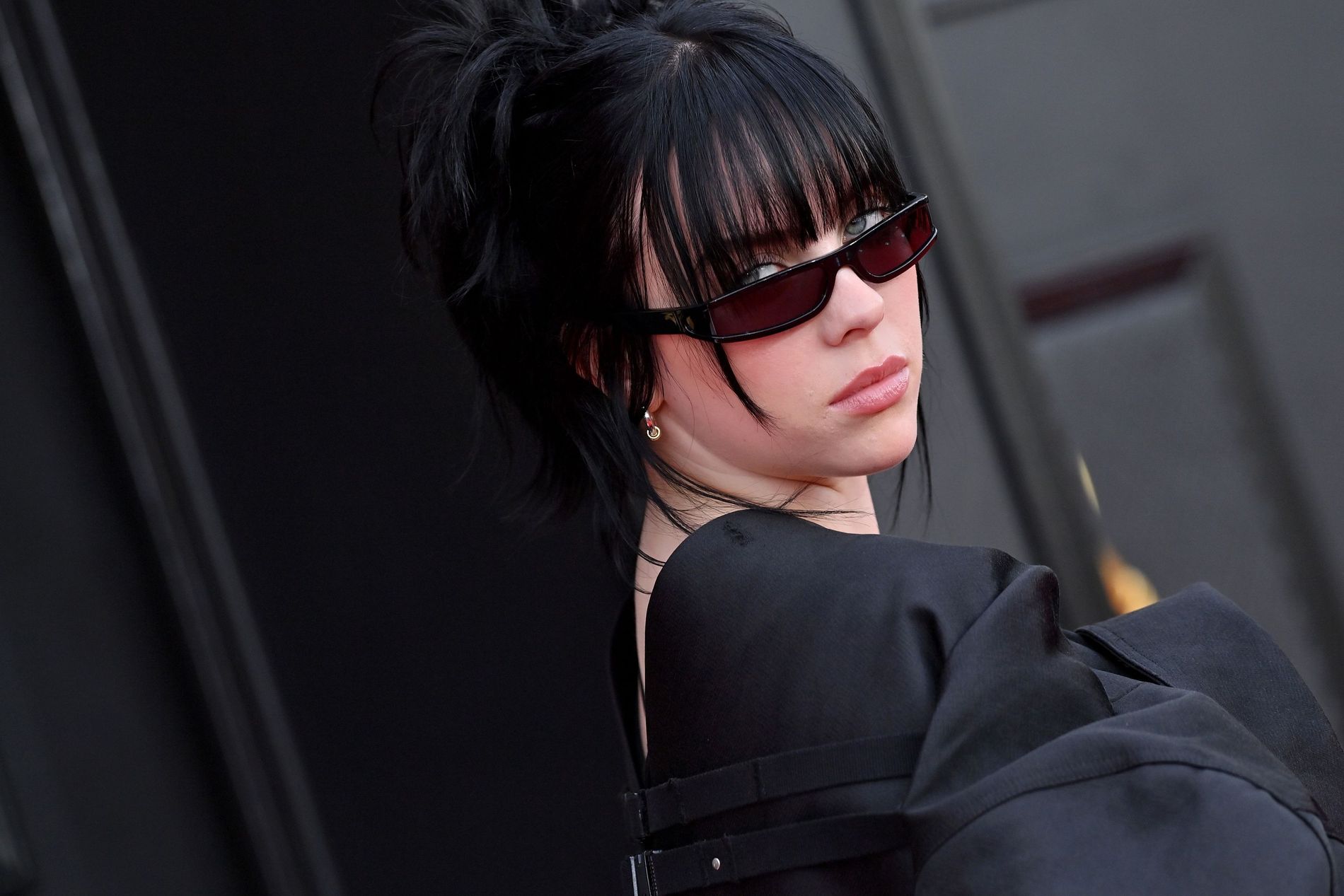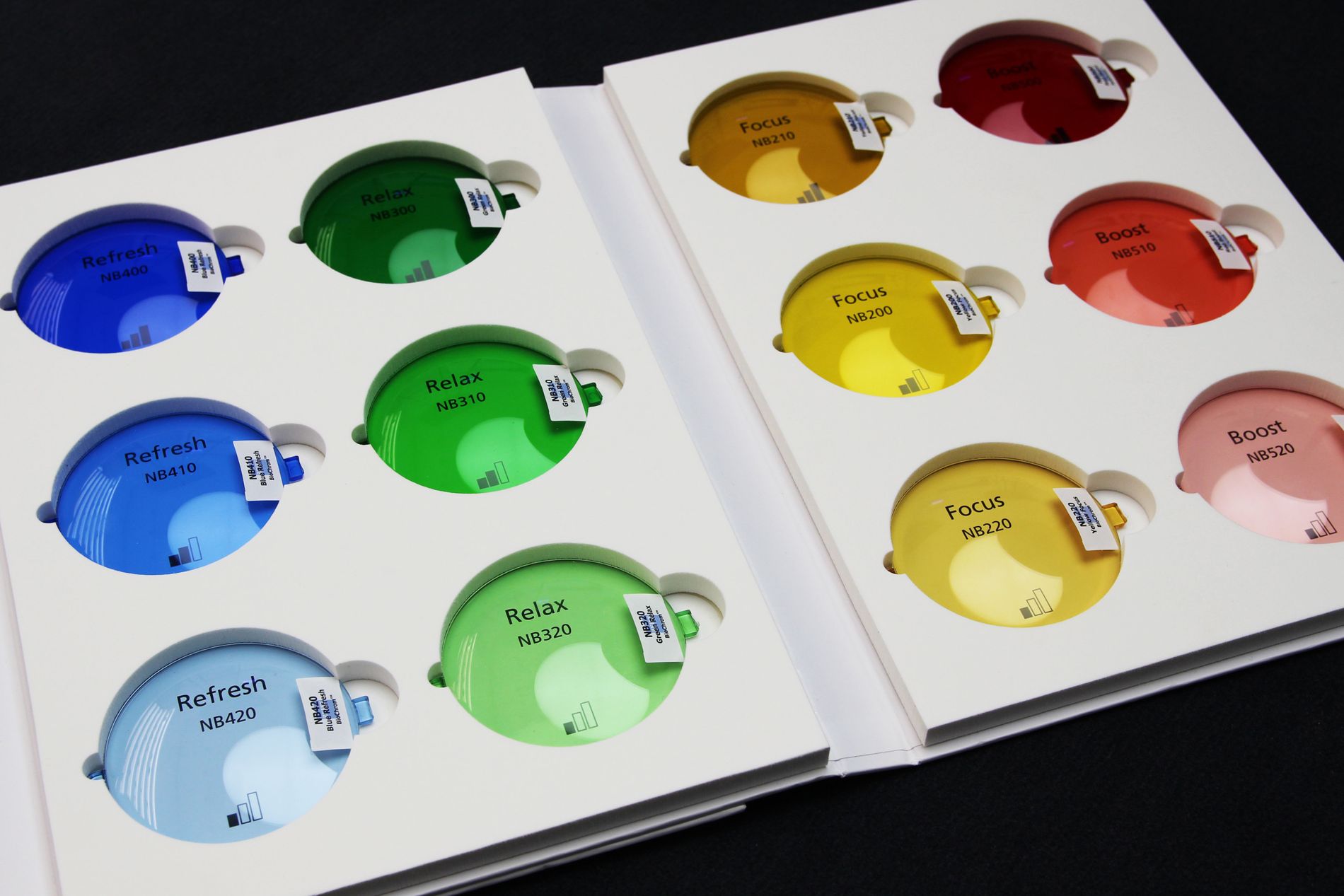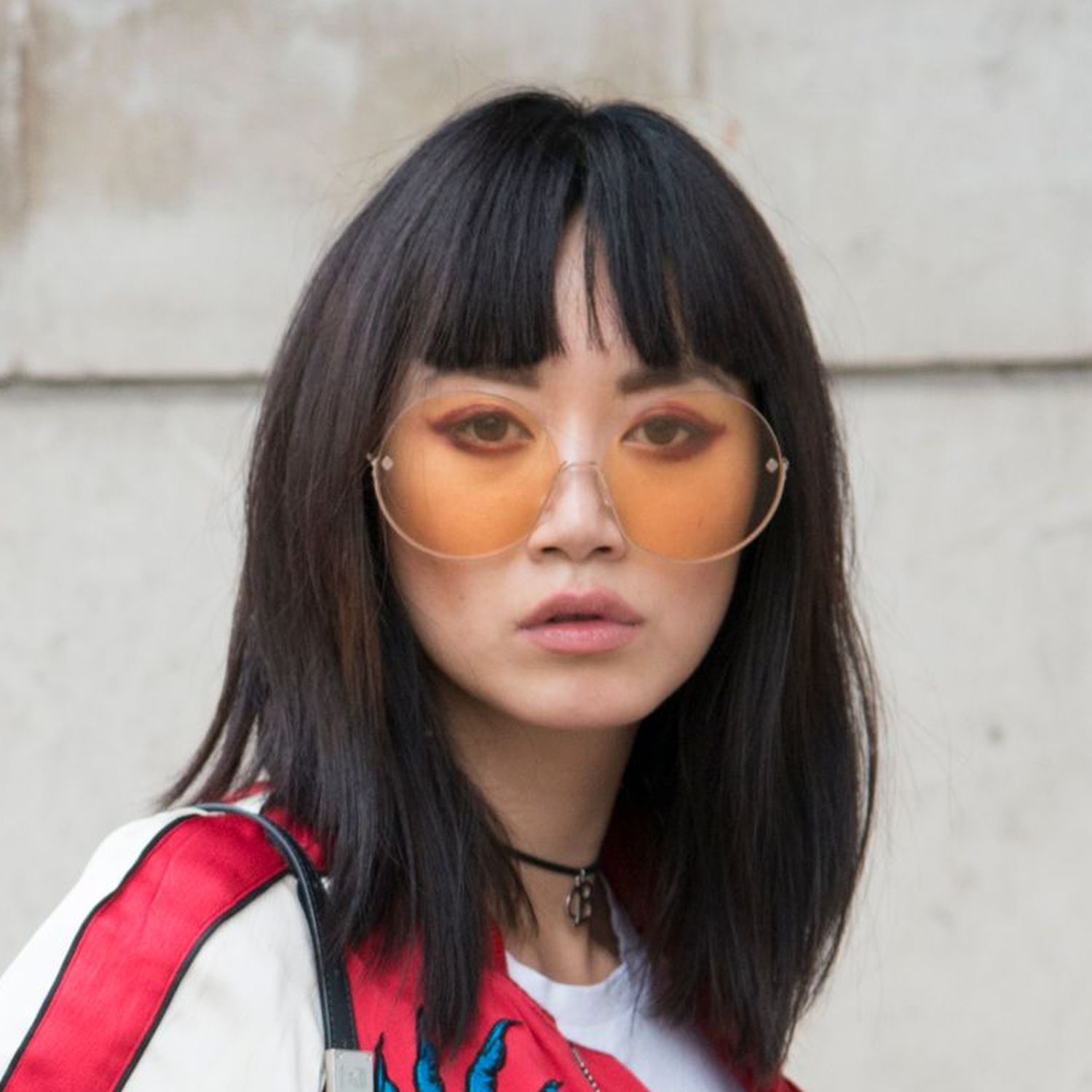Rose tinted lenses may be an actual 'thing'
People say you can change anything but the weather, and who wouldn't want to when it is grey outside? Perhaps in the Metaverse it'll be possible to alter meteorological conditions with the click of our phones but for now, in the real world, we may choose to tackle the cloudy days by seeing the world through rose-tinted glasses.
Although the “glasses” in the famous idiom may be metaphorical, there is a factual side to the expression. Beyond their style appeal (having proved a decade-spanning eyewear trend), colour-tinted sunglasses can affect our minds and bodies.
In a 2018 study carried out by German pioneer in optics technology, ZEISS – lead by Prof. Dr. Siegfried Wahl, Honorary Professor of the University of Tübingen and Director of the ZEISS Vision Science Lab – it was demonstrated that “colours are far more than just visual information and are able to evoke emotional reactions".

Billie Eilish attends the GRAMMY Awards wearing rose tinted lenses. Photo: Getty
Dr. Wahl affirmed: "Colours have an effect on different levels, physiologically and psychologically, and can impact performance and behaviour."
The list of reasons to wear coloured sunglasses is extensive: most are protective – pilots often use green tints to heighten visibility in hazy conditions, while gamers use yellow glasses for higher concentration and to shield their eyes from their screen’s damaging blue light – but there's also an undeniable aesthetic angle to them, inserted into the mainstream by art enthusiasts and celebrities.

Photo: Zeiss
Think of art dealers circa 2010, often seen in tinted shades. Movie stars as Diane Keaton or Meryl Streep would be seen with blue sunglasses, trying to shield themselves from the camera flashes at awards ceremonies. Fashion icons made them style staples, such as Sarah Jessica-Parker's many public outings in New York City wearing tinted specs, while designers as John Galliano made sure they drew media attention by taking his bow at the Dior runways in the 90s.
In layman's terms, what these fashionable filters do to our minds is arouse the region of the brain responsible for memories and emotions in addition to the one storing visual information. Each colour provokes a different physiological and psychological reaction: green lenses can act as a calming, stress-reducing agent, blue can increase concentration and freshen the eyesight at night. Red glasses have proven to cause a stronger reaction to emotions, while yellow lenses “have a positive effect on a person's attention level and ability to concentrate,” notes Dr. Wahl.

Photo: Getty
Be it for its effect on the body or its picture-perfect aesthetic, some European fashion labels have experienced an increase in sales highly supported by coloured sunglasses. Filtering by popularity at Swedish eyewear brand Chimi’s website, a set of steel-framed aviators with yellow lenses shows as sold out. “I think that, mostly, the customer appreciates the look,” says Charlie Lindström, the brand's Creative Director. “The customer might be aware of the benefits of having tinted glasses in certain environments or weather conditions,” he explains of the success of Chimi’s tinted eyewear.
The best fashion brands inform their designs by practicality. History suggests that high-technology tinted lenses were first developed to please sports-loving consumers – a territory well-covered today by contemporary eyewear makers in Scandinavia. “When we develop our ACTIVE glasses, we consider the benefits of having different tinted lenses, especially for when doing sports,” says Lindström of Chimi’s latest high-performance offer, which includes sunglasses, ski goggles, and futurist-looking snorkel masks.

Photo: Getty
The effectiveness of tinted lenses in altering our overall response to emotions is subject to a range of variants, and their effects might go unnoticed unless seen through scientific studies. Charlie Lindström lives a life surrounded by sunglasses and tends to shuffle between colours every day, with his preference being a purple tint.
One can’t help but wonder if the brand’s success is owed to a coloured filter-wearing workforce. This author worked on this piece while wearing yellow-tinted glasses, and although concentration is still a challenge, a white screen is more seducing washed in yellow hues.
